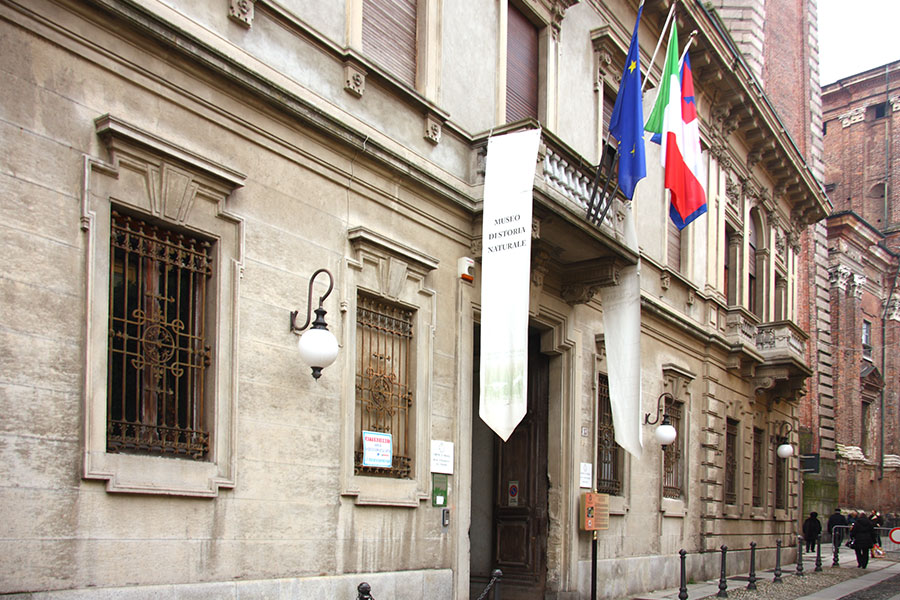|
Faraggiana Ferrandi Natural History Museum
The Faraggiana Ferrandi Natural History Museum is a biological and zoological collection, most of which was collected in the 19th century, and is located in via Gaudenzio Ferrari, of the city of Novara, Piedmont, Italy. Collection The exhibits contain some 450 species, mostly taxidermy specimens, along with skulls, hides, and other artifacts. The material was mainly assembled by Catherine Faraggiana Ferrandi, her brother the explorer Ugo Ferrandi, and her son Alessandro. Catherine and her son maintained exhibits and a zoologic park at the Villa Farragiana a Meina. Since 1959, the collections were moved to the Faraggiana Ferrandi palace inside the city, and became property of the comune. Further acquisitions have added species from the region of the Piedmont, to create a natural museum including specimens from the local environment. Some of the specimens include rare and nearly extinct species, including siamang gibbons, red panda, Amur leopard, snow leopard, and the Berber lion '' ... [...More Info...] [...Related Items...] OR: [Wikipedia] [Google] [Baidu] |
Novara MuseoFaraggiana
Novara (, Novarese Lombard, Novarese: ) is the capital city of the province of Novara in the Piedmont (Italy), Piedmont region in northwest Italy, to the west of Milan. With 101,916 inhabitants (on 1 January 2021), it is the second most populous city in Piedmont after Turin. It is an important crossroads for commercial traffic along the routes from Milan to Turin and from Genoa to Switzerland. Novara lies between the rivers Agogna and Terdoppio in northeastern Piedmont, from Milan and from Turin. History Novara was founded around 89 BC by the Ancient Rome, Romans, when the local Gauls obtained the Roman citizenship. Its name is formed from ''Nov'', meaning "new", and ''Aria'', the name the Cisalpine Gauls used for the surrounding region. Ancient ''Novaria'', which dates to the time of the Ligures and the Celts, was a municipium and was situated on the road from Vercellae (Vercelli) to (Mediolanum) Milan. Its position on perpendicular roads (still intact today) dates to the t ... [...More Info...] [...Related Items...] OR: [Wikipedia] [Google] [Baidu] |

